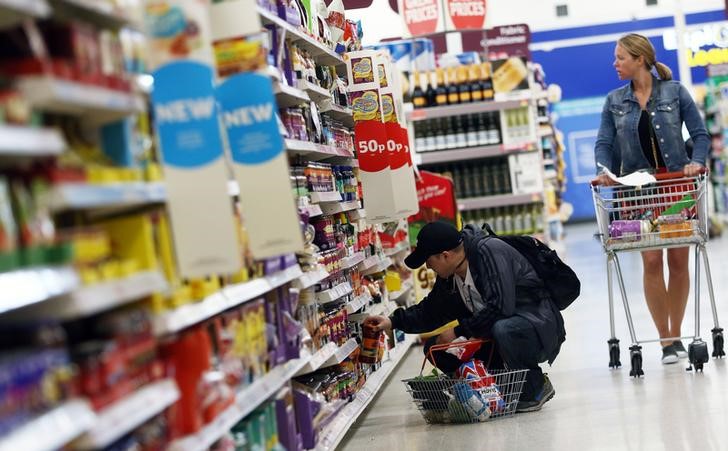Investing.com’s stocks of the week
By Geoffrey Smith
Investing.com -- Fears of the U.S. economy running hot receded on Friday after new data showed a slowdown in consumer spending in April.
Retail sales were flat on the month, falling short of expectations of a 1% gain. However, the monthly gain for March was revised up by a full percentage point to 10.7%., leaving aggregate spending roughly where economists expected it to be over the two months.
Core retail sales fell 0.8% on the month, rather than rising 0.7% as expected. Here too, the March figure was revised upward to a gain of 9.0% from an initial estimate of 8.4%.
James Knightley. chief international economist with ING, said via Twitter that the staged reopening of the economy also meant that spending was draining away from goods to services.
"Re-opening means increased options for spending money, meaning a movement away from “things” to “experiences” that aren’t measured within retail sales," Knightley said.
The figures once again testified to idiosyncracies in consumer spending patterns as the economy emerges slowly and unevenly from the Covid-19 pandemic: sales at auto dealerships rose 3.1% on the month, corroborating the robust demand for cars that had also been evident in the sharp rise in prices for vehicles in April's inflation report earlier in the week.
By contrast, sales of apparel fell 5.1% and sales at hobby and sporting stores fell 3.6% on the month, having surged in March.
March's data had been skewed by the effect of stimulus checks arriving at households across the country which, coupled with the start of economic reopening, had resulted in an explosion in overall spending.
"It was inevitable that there would be some declines in spending in April given that the vast majority of the $1,400 checks had already been paid out the previous month, but the details show sales in most categories reversing only part of their earlier surge," said Andrew Hunter, senior U.S. economist with Capital Economics in a note to clients."
Hunter noted that spending on food and drink services rose 3% on the month, after surging 13.5% in March as bars and restaurants across the country reopened in growing numbers. It's now only 2% below its pre-pandemic peak, he argued.
